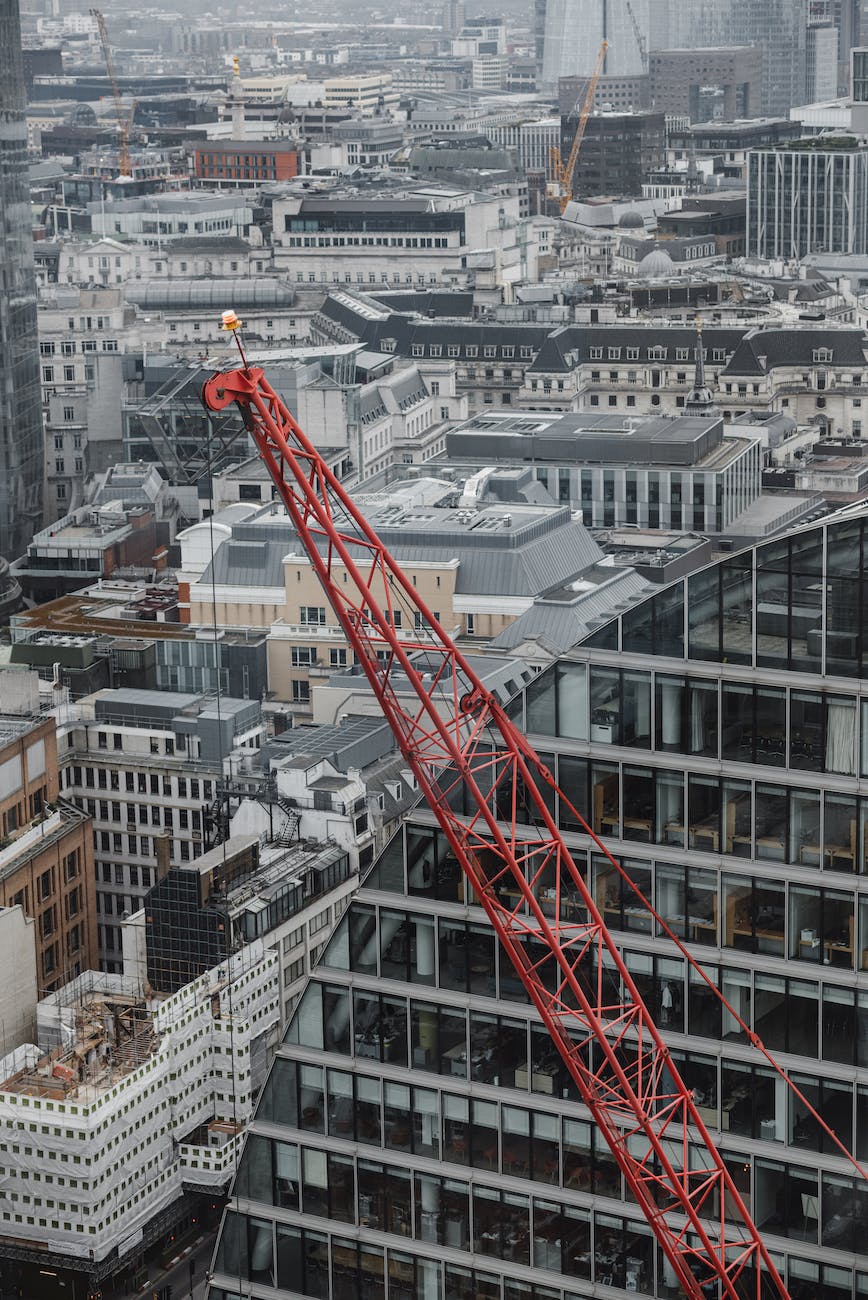
Work at Height Hazards and Precautions: Staying Safe Above Ground
When it comes to industries and jobs that involve working at heights, there’s no denying the sense of accomplishment and the panoramic view that can be enjoyed. However, along with these benefits come significant hazards that need to be understood and managed. In this article, we’ll delve into the various hazards associated with working at heights and explore essential precautions to ensure the safety of workers. Let’s soar high in knowledge and dive deep into the world of working at height.
Introduction
Work at Height Hazards and Precautions : Working at height is a crucial aspect of numerous industries such as construction, maintenance, and telecommunications. While it offers a unique perspective and a sense of achievement, it also exposes workers to various risks that demand careful attention and preparation.
Understanding Work at Height
Work at height refers to any task performed in an environment where the worker could fall a distance that could cause personal injury. This includes working on ladders, scaffolds, rooftops, and even on elevated platforms.
Common Hazards Faced
Falling from Heights
Falling from a considerable height is a nightmare scenario for any worker. The risk is amplified when workers are not equipped with proper safety gear or are unaware of the potential dangers.
Structural Instabilities
Unstable or poorly maintained structures can lead to accidents. It’s imperative that all equipment and surfaces are thoroughly inspected before commencing work.
Falling Objects
Not only do workers need to safeguard themselves from falling, but they also need to be cautious of objects that might fall from above. Helmets and caution signs can help mitigate this risk.
Weather Conditions
Weather conditions can play a significant role in height-related accidents. Windy conditions or rain can make surfaces slippery and compromise a worker’s stability.
Precautions and Safety Measures
To ensure the safety of workers engaged in tasks at height, several precautions and safety measures must be taken:
Proper Training and Certification
All workers should undergo comprehensive training and receive proper certifications before undertaking tasks at height. This training should cover equipment usage, emergency protocols, and hazard identification.
Properly Maintained Equipment
Equipment used for working at heights, such as ladders, scaffolds, and harnesses, should be well-maintained and regularly inspected for defects. This helps prevent accidents caused by faulty gear.
Risk Assessments
Before starting any work at height, a thorough risk assessment should be conducted. This assessment helps identify potential hazards and plan appropriate safety measures.
Guardrails and Fall Arrest Systems
Installing guardrails and utilizing fall arrest systems can significantly reduce the risk of falling. These systems are designed to prevent falls or minimize the impact if a fall occurs.
Weather Monitoring
Monitoring weather conditions is vital, especially in outdoor environments. Work should be postponed if adverse weather conditions are predicted.
Importance of Personal Protective Equipment (PPE)
Personal Protective Equipment (PPE) plays a crucial role in safeguarding workers:
Helmets
Hard hats protect workers from falling objects and head injuries.
Harnesses
Safety harnesses keep workers attached to secure anchor points, preventing falls.
Lanyards
Lanyards connect the harness to the anchor point, absorbing shock in the event of a fall.
Non-Slip Footwear
Appropriate footwear enhances stability, reducing the risk of slipping.
Best Practices for Working at Heights
Implementing best practices further enhances safety:
Secure Anchorage Points
Ensure that anchorage points are strong and secure to prevent falls.
Regular Inspection and Maintenance
Frequent equipment inspection and maintenance are essential for identifying and rectifying issues promptly.
Adequate Supervision
Supervision ensures that workers adhere to safety protocols and use equipment correctly.
Emergency Rescue Plans
Develop and communicate well-defined rescue plans to handle accidents effectively.
Legal Regulations and Standards
Many countries have strict regulations and standards governing work at height. Compliance with these rules is crucial to prevent accidents and legal repercussions.
Case Studies: Learning from Past Incidents
Studying past incidents provides valuable insights into the causes and consequences of working at height accidents. Learning from mistakes is key to preventing their recurrence.
Training and Education for Workers
Continuous training keeps workers updated on the latest safety protocols and equips them with the knowledge to handle emergencies.
Conclusion
Working at height offers incredible opportunities but comes with inherent risks that cannot be ignored. By implementing rigorous training, safety protocols, and the proper use of personal protective equipment, workers can perform their tasks confidently and securely, minimizing the chances of accidents. Remember, safety should always be a priority above ground.
What is a Safe Ratio for Working on a Portable Ladder?
What is HSE (Health, Safety, and Environment)
What is the Meaning of HSE, EHS, and SHE?
How to Calculate Radiation Safe Distance in Industry
FAQs
Q1: Can I work at height without proper training?
A1: No, proper training is essential to understand the risks and safety measures associated with working at heights.
Q2: What is the purpose of a fall arrest system?
A2: A fall arrest system prevents or reduces the impact of a fall, enhancing worker safety.
Q3: Are there specific industries where working at height is common?
A3: Yes, industries like construction, maintenance, window cleaning, and telecommunications frequently involve working at heights.
Q4: How often should equipment for working at height be inspected?
A4: Equipment should be inspected before each use and undergo regular maintenance checks as prescribed by regulations.
Q5: What should I do in case of an emergency while working at height?
A5: Follow the emergency rescue plan provided during training, and remain as calm as possible while awaiting assistance.
























